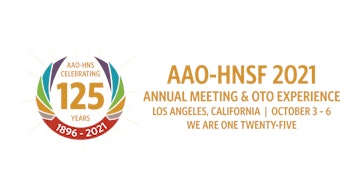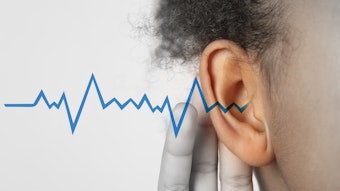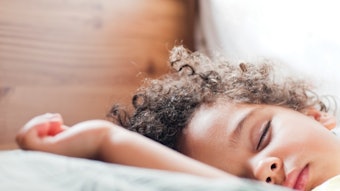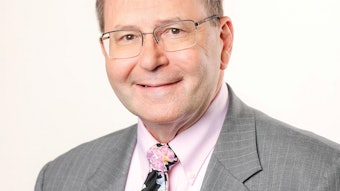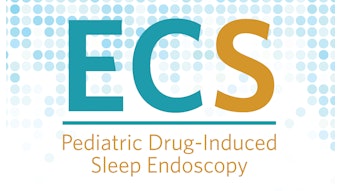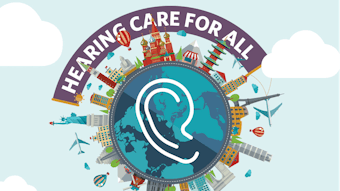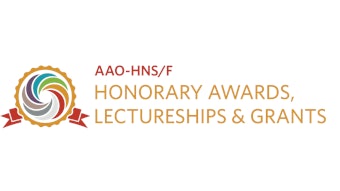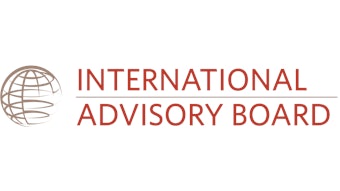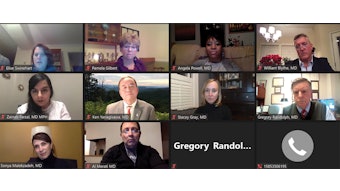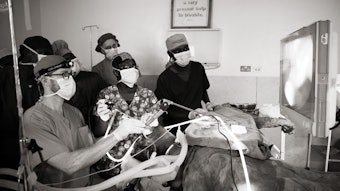Kids ENT Health Month: For Your Patients | Out of Committee: Pediatric Otolaryngology | Noise-Induced Hearing Loss in Children
Over the past 30 years, the growing popularity of amplified sound in portable music and gaming devices has made noise-induced hearing loss (NIHL) a serious and growing public health issue.
Ryan H. Belcher, MD; Rose J. Eapen, MD; Clarice S. Clemmens, MD; Lindsay B. Sobin, MD; and Margo M. McKenna Benoit, MD
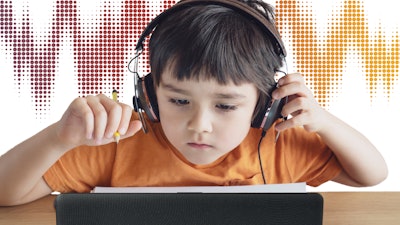
Over the past 30 years, the growing popularity of amplified sound in portable music and gaming devices has made noise-induced hearing loss (NIHL) a serious and growing public health issue.1 NIHL can range from mild to moderate and may not be immediately apparent to the child. This can lead to significant communication challenges such as delayed language development, social isolation, or missing crucial information while at school—all of which can diminish education achievements.
It is estimated that 12%-15% of U.S. school-aged children have some degree of hearing deficit attributable to noise exposure.2 NIHL can occur when sounds are too loud or if they are both loud and long-lasting. These sounds can cause damage to vital structures in the inner ear that are responsible for hearing. The National Institute on Deafness and Other Communication Disorders mentions at-risk recreational activities that can put children in danger for NIHL, including target shooting and hunting, snowmobile riding, listening to music or gaming devices at a high volume through earbuds or headphones, playing in a band, or attending loud concerts without hearing protection.
Sound is measured in units called decibels (dBA). A normal conversation between individuals is between 60-70 dBA, which is very unlikely to cause hearing loss after long exposure. Sounds that are at or above 85 dBA are known to cause hearing loss, and as the sounds get louder, the shorter amount of time it takes for hearing loss to occur. Figure 1 shows a list of activities and noises children are often exposed to with their associated dBA level.
Prevention
NIHL is completely preventable. This starts with understanding the hazards of noise and taking steps to practice good hearing health. Here are several steps to take to aid in preventing NIHL:- Use hearing protection for young children in environments where they are exposed to loud noise (e.g., sporting events, concerts, etc.). There are many applications that can be downloaded on smart phones to measure the noise levels to help in these environments.
- Ensure the volume is not turned to its maximum for long periods (i.e., hours) of time if your child is using headphones or earbuds. Some devices have parental control settings that can help with this.
- Familiarize yourself with hazardous noises in your environment, particularly those that are 85 dBA or more.
- Discuss with your family the importance of avoiding too much noise and the use of hearing protection.
What to Do if NIHL Is Suspected
If you are concerned about the impact of noise exposure on your child’s hearing, you should not hesitate to have their hearing tested. Signs that your child could be developing hearing loss include difficulty understanding what others are saying, especially in the midst of background noise; a persistent “ringing” in their ears; asking “what?” frequently; using a volume louder than normal when watching TV or using headphones; or needing to sit closer to the teacher in class to understand them better. It is important to evaluate your child’s environmental noise exposure if these signs or symptoms develop and reduce their exposure. If they experience sudden hearing loss after a sudden loud noise exposure, such as an explosion or trauma, then it is important to see an ear, nose, and throat doctor immediately.If you have questions or would like more information on this topic, please visit www.ENThealth.org.
References
1. Harrison RV. Noise-induced hearing loss in children: a ‘less than silent’ environmental danger. Paediatr Child Health. 2008;13(5):377-382.
2. Niskar AS, Kieszak SM, Holmes AE, Esteban E, Rubin C, Brody DJ. Estimated prevalence of noise induced threshold shifts among children 6 to 19 years of age: the third National Health and Nutrition Examination Survey, 1998-1994, United States. Pediatrics. 2001;108:40-43.


